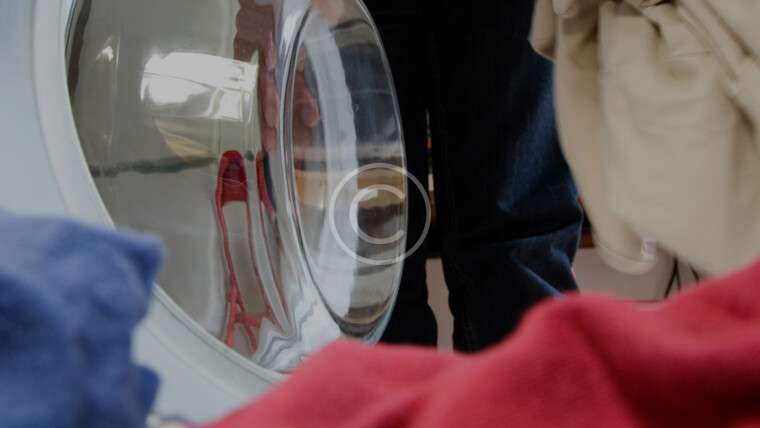Active vs Passive Surveillance
Compare active and passive public health surveillance. Active surveillance public health officials actively seek out information by visiting healthcare facilities, reviewing medical records, and calling healthcare providers. Passive surveillance relies on healthcare providers and institutions to report cases of disease and health conditions to the public health authorities. Less accurate but cost effective.
Here’s a comparison of active and passive public health surveillance:
Active Surveillance:
- Definition: Public health officials actively seek out information.
- Methods: Involves visiting healthcare facilities, reviewing medical records, and calling healthcare providers.
- Accuracy: Typically more accurate due to proactive data collection.
- Cost: Generally more resource-intensive and costly.
- Purpose: Ensures thorough and up-to-date information, often used for monitoring outbreaks or high-priority health issues.
Passive Surveillance:
- Definition: Relies on healthcare providers and institutions to report cases.
- Methods: Data is submitted by healthcare providers and institutions as cases occur…
Here’s a comparison of active and passive public health surveillance:
Active Surveillance:
- Definition: Public health officials actively seek out information.
- Methods: Involves visiting healthcare facilities, reviewing medical records, and calling healthcare providers.
- Accuracy: Typically more accurate due to proactive data collection.
- Cost: Generally more resource-intensive and costly.
- Purpose: Ensures thorough and up-to-date information, often used for monitoring outbreaks or high-priority health issues.
Passive Surveillance:
- Definition: Relies on healthcare providers and institutions to report cases.
- Methods: Data is submitted by healthcare providers and institutions as cases occur…
Here’s a comparison of active and passive public health surveillance:
Active Surveillance:
- Definition: Public health officials actively seek out information.
- Methods: Involves visiting healthcare facilities, reviewing medical records, and calling healthcare providers.
- Accuracy: Typically more accurate due to proactive data collection.
- Cost: Generally more resource-intensive and costly.
- Purpose: Ensures thorough and up-to-date information, often used for monitoring outbreaks or high-priority health issues.
Passive Surveillance:
- Definition: Relies on healthcare providers and institutions to report cases. Active vs Passive Surveillance
- Methods: Data is submitted by healthcare providers and institutions as cases occur…



